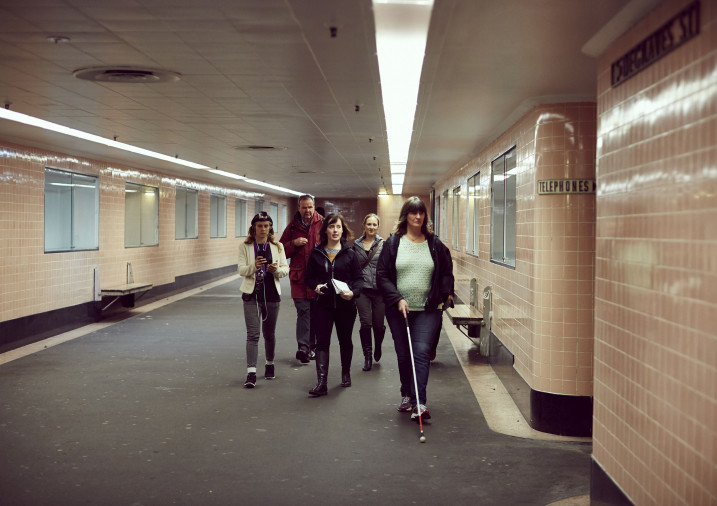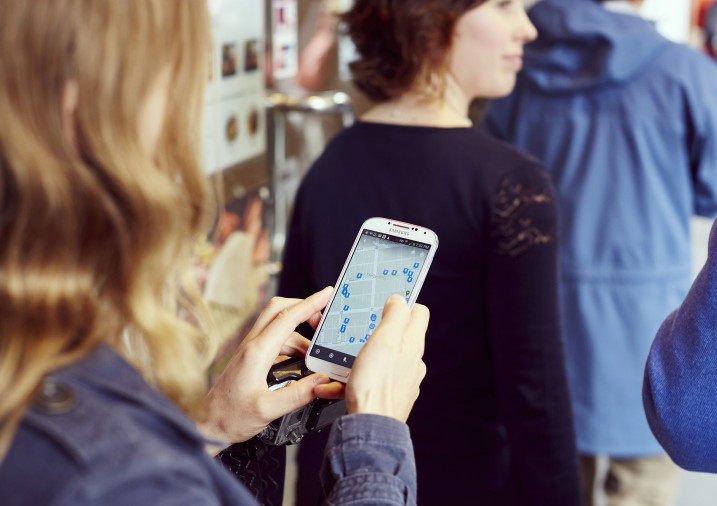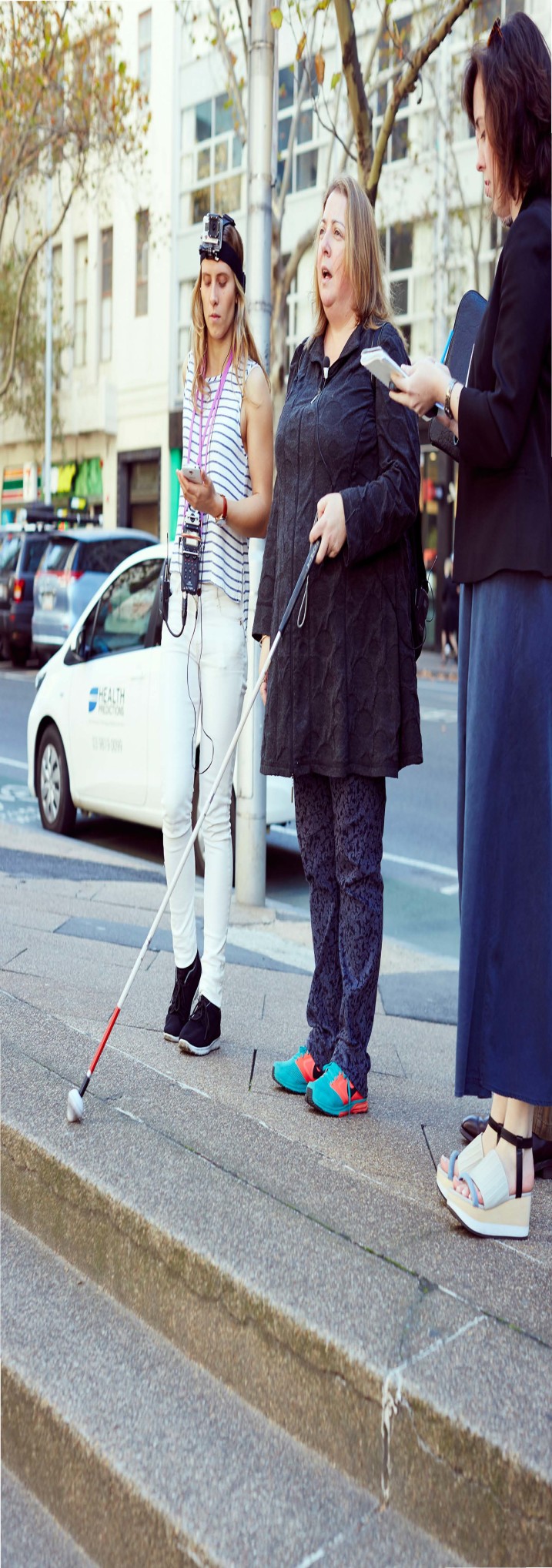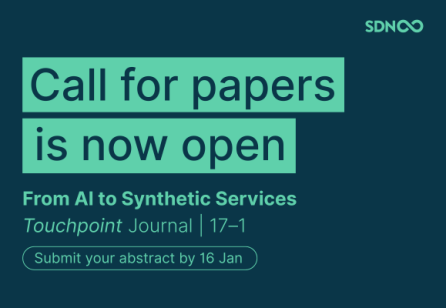OUTPUT
Report
The final report outlines the rationale, process, insights and recommendations of the project. The report was designed to be shared within the council and across the industry, ensuring that our findings could help shape a best practice approach to accessibility in the City of Melbourne; including the future design of accessible and inclusive city services. Our report identified five key barriers for the sensory disability community which have informed twenty-one new programs within the City of Melbourne. Initiatives ranges from improving wayfinding and transport schedules, to training staff and having dog yards for guide dogs.
Evaluation criteria
We designed an evaluation criteria based on the needs and goals of people with sensorydisabilities. This criteria guides City of Melbourne staff through a design process with a set of parameters that help to identify the value proposition in the design and implementation planning phases.
The evaluation criteria provides planners a simple user-centred framework with which to assess accessibility in the context of any project. It also offers clear guidance on how to engage and involve the relevant accessibility service providers. A clearer design criteria underpinned by meaningful design principles means better, more accessible city design.
Scenario cards
Ideally, every city planner would gain first hand experience of the challenges people with sensory disabilities face when navigating their surroundings, but due to time and budget constraints it isn’t always possible. As such, we created scenario cards to help build empathy and understand the experiences of individuals with sensory disabilities as they move around the city.
The scenarios force those tasked with designing new services to consider how their own experiences contrast with those of people living with disability. By doing this, we help the City of Melbourne staff empathise with the severity of some situations. For example, one scenario reads:
“Imagine getting on your afternoon train, wrecked from work, and sitting in a special carriage with no windows or announcements. You count the stops until your station to be sure to get out at the right stop.” These scenarios help to make our findings easily absorbable and relatable.
Forum
We hosted a city-wide forum with 40 participants from across government and industry to share our research insights and work out how the city could best action key recommendations. As part of the forum, we conducted idea generation exercises to brainstorm ideas for change. Not only did the event broker new formal partnerships but it also initiated new city projects to embed accessibility into infrastructure and service development. For example, Telstra (Australia’s leading telecommunications organisation) is now investigating how public telephone boxes can be redesigned to consider accessibility requirements.










Share your thoughts
0 RepliesPlease login to comment